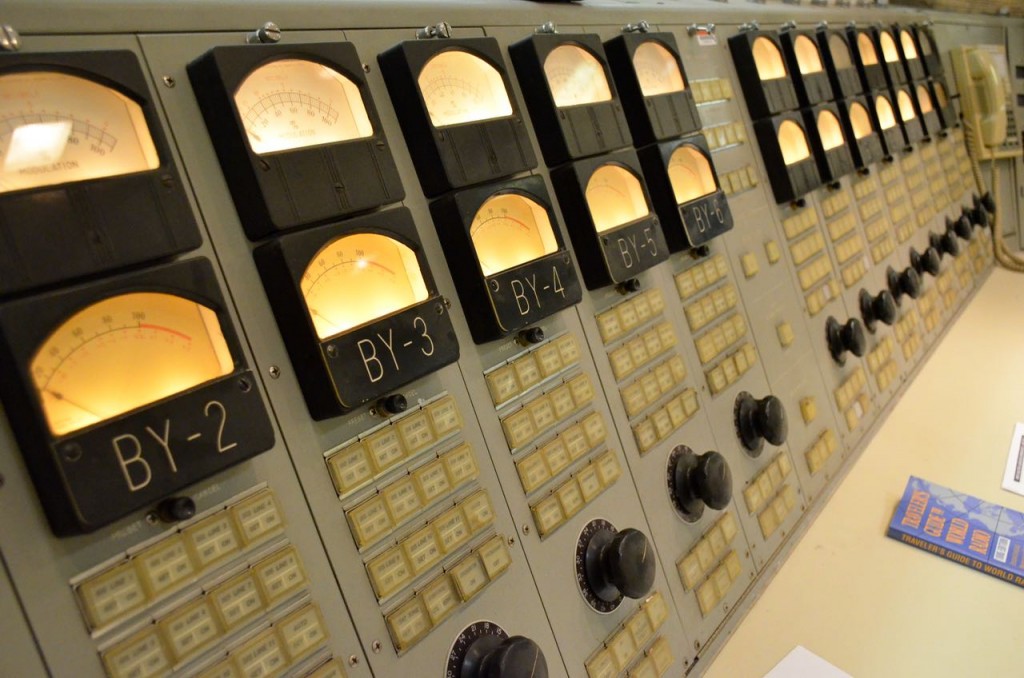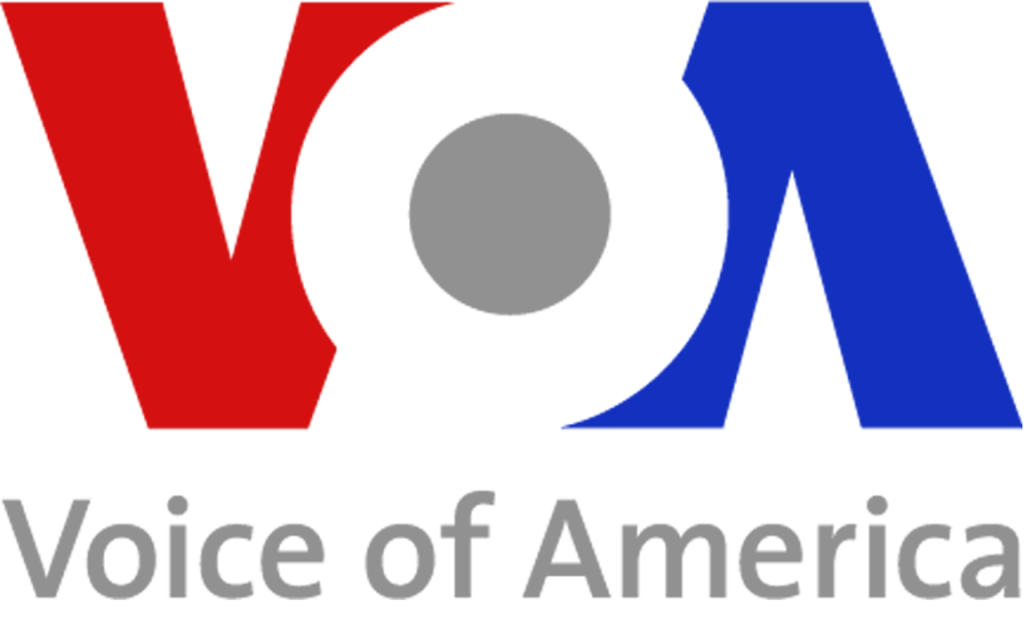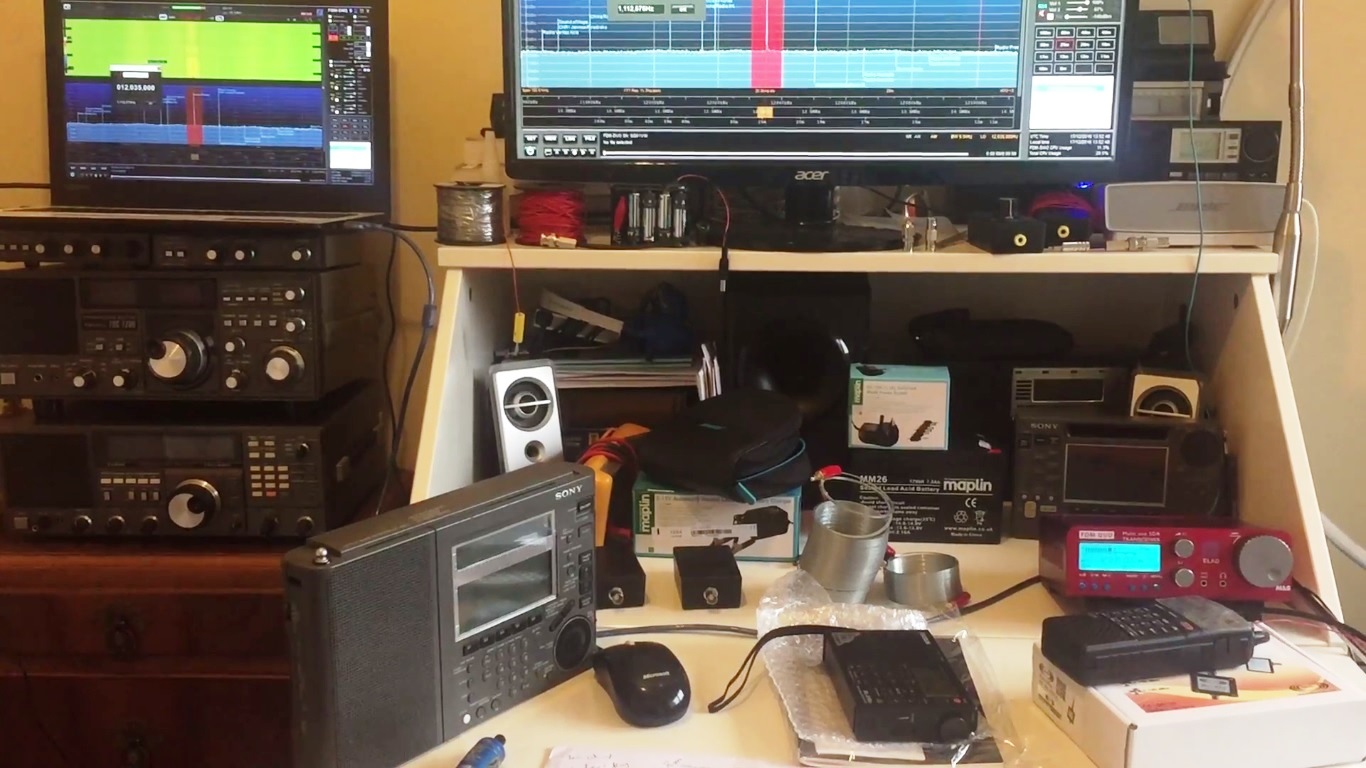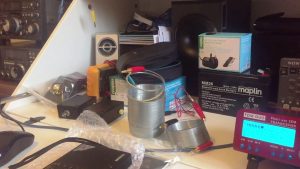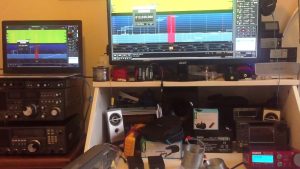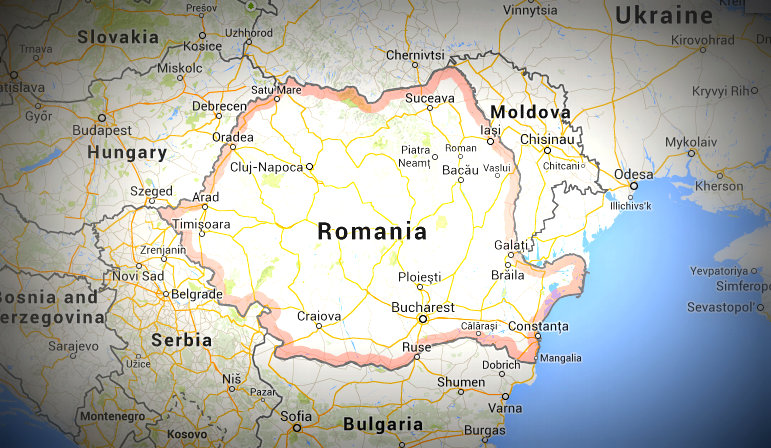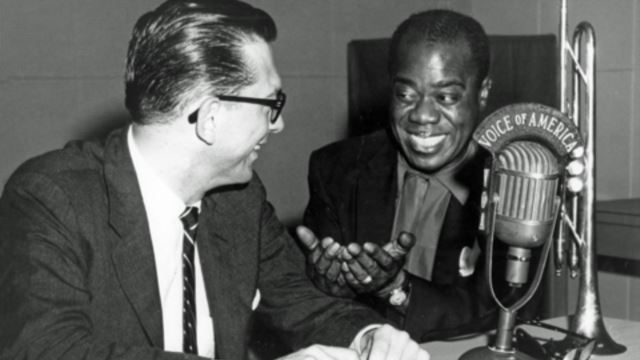(Source: Southgate ARC)
National VOA Museum to celebrate 75th anniversary of Voice of America
There’s an important birthday celebration in West Chester this year: the 75th anniversary of the Voice of America.
“We’re planning a series of events and exhibits this year to celebrate the VOA’s commitment across America and the world to embrace best practices in telling the truth in order to let the world decide,” said Jack Dominic, museum executive director.
The VOA was formed in 1942 as a way to counteract Nazi propaganda in Germany and provide war news to American troops and Allies overseas.
“WLWO, a division of WLW, was transmitting news via shortwave radio overseas long before 1942,” said Dominic. “In fact, broadcasters from WLWO provided the nucleus of the early VOA broadcasting team. Cincinnati’s shortwave technology and its broadcasters truly helped the U.S. win the war.”
The reentrant rhombic antennas at the VOA-Bethany station in West Chester were so powerful that they became quickly known as the “siege guns of radio” for their capacity to reach the far corners of Nazi-occupied countries with little audible distortion. A frustrated Adolph Hitler was known to call the VOA “those Cincinnati liars.”
The VOA-Bethany station transmitted VOA news to Europe during WW II and South America during the Cold War through its innovative shortwave rhombic antenna network developed by the Crosley Corporation. The Bethany station was decommissioned by the federal government in 1994, after shortwave radio technology was supplanted by television and satellite technology.
“The men and women who made up the VOA broadcasting system were our journalistic beacons of light during the 20th century,” said Ken Rieser, president of the VOA museum board.
“Elmer Davis, John Houseman, Edward R. Murrow and Robert Bauer all had positions of leadership within the VOA.
“We hope that the VOA enjoys many more years of embracing the highest of journalistic standards in its reporting so it inspires people in war-torn and oppressed countries to hope, dream and work toward democracy.”
The Voice of America, based in Washington, D.C., is the world’s largest international broadcaster, providing balanced and comprehensive news and information in 47 languages to 236 million people each week, according to the VOA website. It continues to reach people in countries lacking a fee press today and its languages include: Russian; Ukrainian; Azerbaijani; Serbian; Armenian; Thai; and Somali.
The National VOA Museum of Broadcasting is located in the art deco Bethany station building and houses three collections: Gray History of Wireless radios; VOA-Bethany station’s Voice of America control room; and the Media Heritage Cincinnati Museum of Broadcast History. The West Chester Amateur Radio Assn. operates station WC8VOA from the museum building.
The VOA museum now offers an annual $50 membership that provides free admission for the member, an adult guest, and up to three children under 12. Members also receive updates and advance information about new exhibits and programs.
For $250, members receive the benefits above, as well as a 50 percent discount on any and all lectures, programs or visiting exhibit tickets.
The National VOA Museum of Broadcasting is open the third Saturday of each month from 1 to 4 p.m. Admission is $5 for adults and $1 for children. The museum is located at 8070 Tylersville Road in West Chester.
Museum will be open this Saturday, Feb. 18
For more information, visit the VOA Museum website at www.voamuseum.org or call (513) 777-0027.
To access Voice of America programs, visit www.voanews.com
The VOA Bethany museum is certainly worth a visit! I went there in 2015 and was most impressed with the work these volunteers have accomplished.

